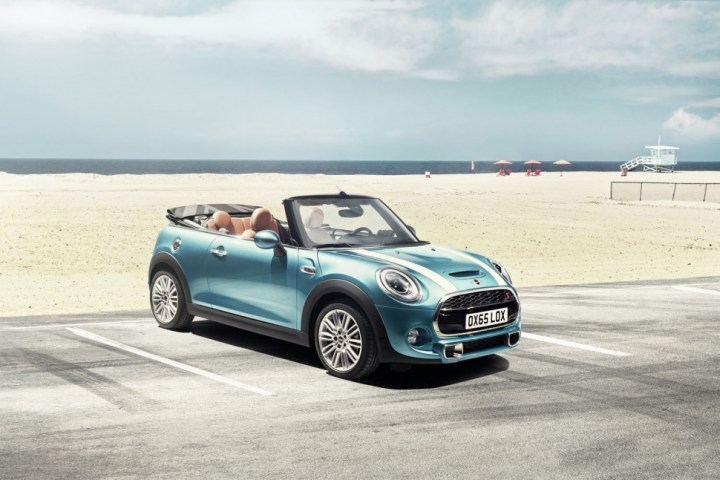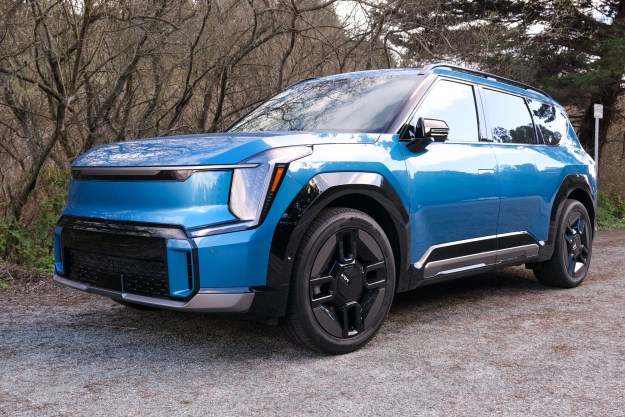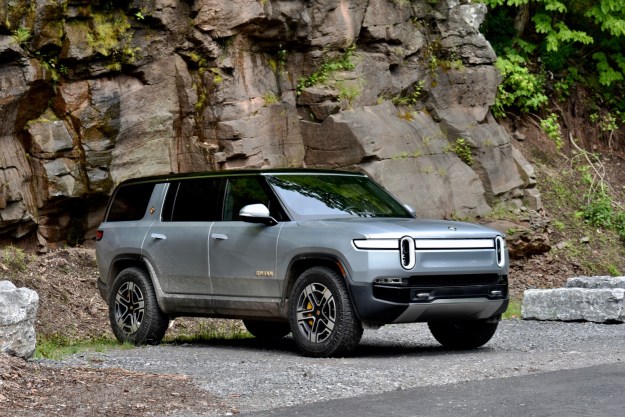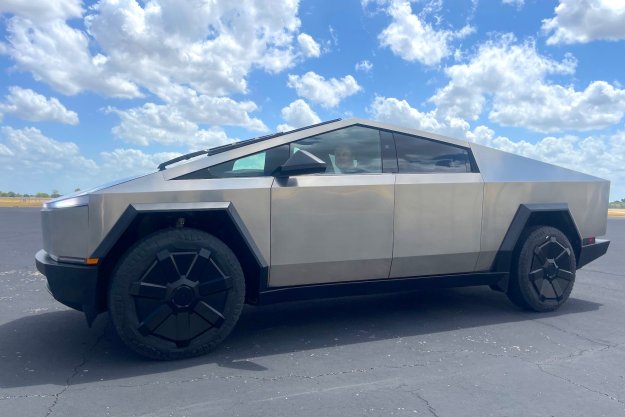
Over the course of three months, the URBAN-X participants will refine their visions and launch their products and services. Each company will preview their interpretation of a better city life during an invite-only Demo Day on June 7, 2016.
Here’s the rundown on URBAN-X’s first accelerator class:
- Brooklyness: We make cycling in the city safer. Brooklyness.com; @brooklyness1
- Buzzware: Supercharging network for commercial drones. Buzzware.co
- CTY: Analytics for places @heycty
- Farmshelf: Easy-to-use hydroponic urban farms for schools, apartment buildings, and under-utilized city spaces, Farmshelf.co; @farmshelfco
- MindRider: Mapping mental experiences to find the best places. Mindriderhelmet.com; @mindriderhelmet
- nello: The virtual doorman for your home. nello.io; @locumilabs
- Industrial/Organic: Sustainable solutions for a changing world. Industrialorganic.co
- SAMOCAT: The lightest and the most compact automated public transportation system. Samocat.fr; @SamocarSharing
- stae: We’re modern civil engineering. Stae.co; @staehere
As you can tell from the descriptions, each of the startups is in a very early stage of defining its business model. One standout among them has to be MindRider; who doesn’t want to find the “best places,” via mental mapping? Who, we ask?!
We’ll see what comes from this venture over the next three months, but for now, it’s worth mentioning that MINI and HAX have joined forces to pair MINI’s design, engineering, and usability experience with HAX’s acceleration process, investing techniques, and rapid go-to-market strategy. The two organizations see dense urban dwellings as prime territory for innovation.
URBAN-X is already planning the kickoff of its next cohort in August of 2016. The startups will settle into a new 23,000 square foot space in Brooklyn this summer.
Editors' Recommendations
- The M1X Mac Mini may have been delayed to 2022, contradicting recent reports
- HP’s Spectre x360 15 sports smaller bezels, more power, and better battery life


